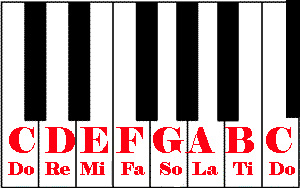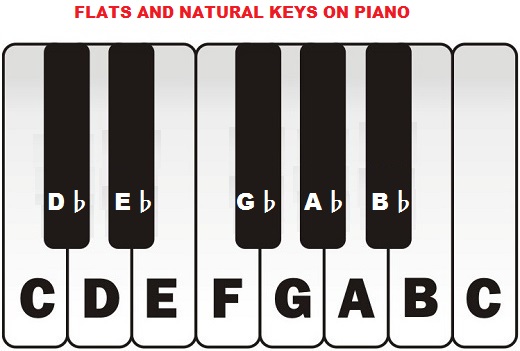Note Durations

Identify piano notes
It is really easy to memorize the notes. There are 7 notes, A, B, C, D, E, F, and G. What do you notice? It’s the same as the alphabet. But it stops at G. Usually, we started counting on C. So it would be, C, D, E, F, G, A, B… and repeat. Every time the note level up, the letter goes up by one. For example, on line 1 is G. When it level up, it will be on second space. After G is A.
Every letter corresponds to a specific solfege. The solfege order is do re mi fa so la ti do.


Here are some quick videos that will help you read notes
Read notes:
Tricks to memorize notes:
Flat
Flat looks like a small b, ♭. It can be placed after the clef sign as a key signature or in front of a specific note. The flat sign indicates you to play the note half step LOWER than the note (or the left of the note). For instance, ♭F is E because the key right next to F on the left side is E. When you see a flat sign in front of a note, it means that it has flated the whole measure. For example, if you see a flat sign in front of F, it means that the whole measure’s F are flated; even if there are no flat sign in front of the F.

Sharp
A sharp looks like ♯. But it is not a hashtag. The sharp sign indicates you to play the note half step HIGHER than the note(or the right of the note). For instance, #E is F because the key right next to E is F. Just like a flat sign, if you see a sharp in front of a note, that specific note is sharped for the whole measure.

More about flat and sharp, and the relationships between them:
Natural
The natural sign looks like this, ♮; it naturalize the flat or sharp. It indicates that you don’t play the note half step higher or lower. For example, if you suppose to ♭A, but you saw a natural sign in front of that A, you just need to play the A normally.
